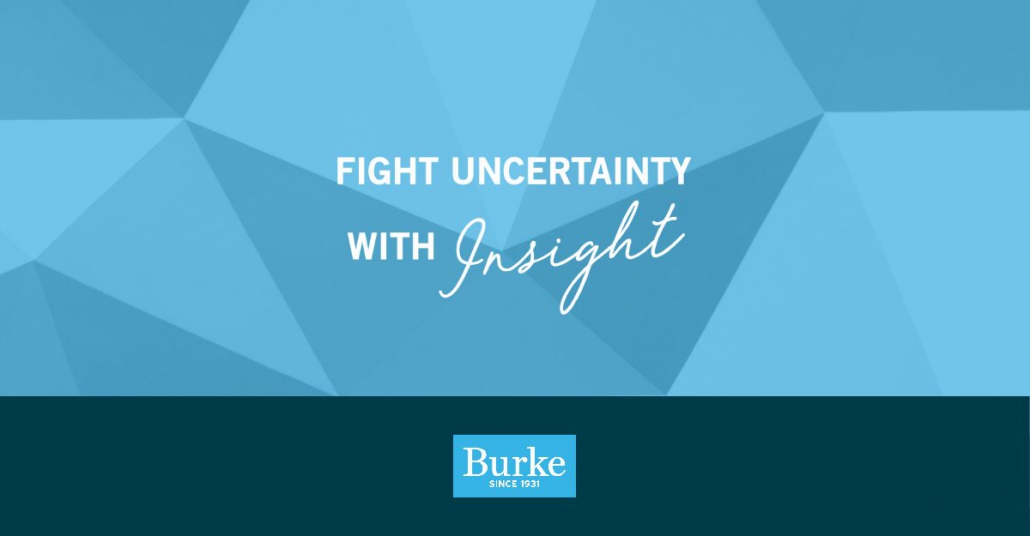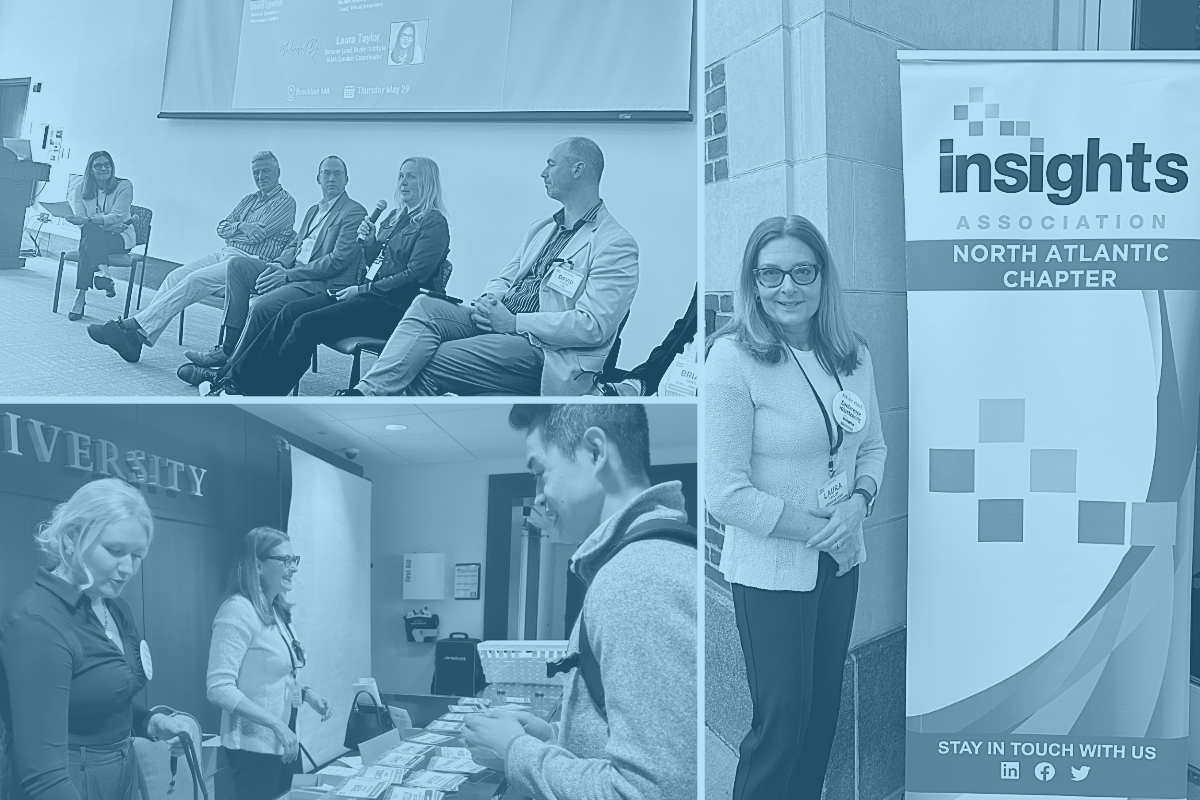
Fight Uncertainty with Insight: Why Research Remains a Viable—and Vital—Resource in a COVID-19 World
by Jamie Baker-Prewitt, PhD
Researchers adapt. We flex, bend, and regroup when objectives change. We reevaluate and respond when new voices chime in. We stay agile in the midst of shifting market dynamics.
Today, we find ourselves adapting to the new realities of COVID-19—not just in terms of our everyday practices and procedures, but in terms of how we think about the role of research. And while our expectations for research must undoubtedly shift in light of this pandemic, we believe the value of insight remains as critical as it’s ever been, especially as businesses face so many new challenges and unanswered questions.
Throughout periods of stability and uncertainty, successful organizations have always relied upon primary research to reduce risk and support sound decision-making. That’s a fact. While today’s unique challenges might (and probably should) change your research objectives, we believe it’s essential to uncover fresh, relevant insights that can help you understand the impact of COVID-19 on your business. And as we know, the odds of improving any situation are always better when you have an informed perspective.
Throughout periods of stability and uncertainty, successful organizations have always relied upon primary research to reduce risk and support sound decision-making.
So how do you make the most of your research resources in this trying time? This will vary depending on the type of research you’re doing and where you are in the process. But generally speaking, we are asking four key questions to help put your specific goals—and the constraints of COVID-19—in perspective:
- Is the current research design feasible in light of the new conditions imposed by COVID-19, or does it need to shift?
- Will the research produce data that is valid? In other words, will the results address the core research objectives without bias?
- How do we distinguish short-term consumer changes from long-term behavior shifts?
- What can we learn that’s new—right now—that will be sticky and ultimately change how companies do business in the future?
Of course, the answers to these questions depend upon the product category, specific business conditions, and the research conventions within your organization. But these are conversations you need to have – on any research project – as it will help you evaluate and maximize resources as we navigate this uncertainty. Looking at two general research categories, we begin to see how COVID-19 is prompting some changes in research plans and approaches.
TRACKING PROGRAMS
Now more than ever, the vast majority of organizations are leveraging their tracking programs to identify pandemic-related sentiments to start conversations about the impact of COVID-19. These programs are vital customer and consumer listening posts; they offer fresh insights on possible behavior shifts and future business implications.
To gain additional insight during this time, we have made several adjustments to tracking questionnaires. We have added additional text in survey introductions and new questions to acknowledge and understand the effects of COVID-19. This helps respondents realize that their feedback is important during this crisis while helping businesses learn how to adjust their approach to customer service, communications, and marketing efforts. We have also added open-ended questions to draw out rich, insightful texture about how people are dealing with the rapidly changing environment. Finally, we are closely monitoring “pre” and “post” pandemic results for two main reasons:
- To distinguish the short- vs. longer-term behavior shifts and provide any insights into how to address them.
- To assess whether or not sample frames have shifted and what impact that has on the results.
In the few cases where organizations have paused a tracking program, the target population consisted of professionals who are directly responding to the COVID-19 pandemic, or populations who would not be able to respond because of COVID-19.
STRATEGIC AND TACTICAL AD-HOC RESEARCH
Custom-designed primary research offers tremendous business value to decision-makers in both stable and turbulent times. However, every project during the pandemic must be evaluated for its feasibility. This assessment most often involves examination of data collection methods and accessibility of target respondents.
COVID-19 has had a significant impact on our available data collection methods. To keep respondents and researchers safe, in-person research has shifted to online data collection methods. While this presents a trade-off for research that could be enhanced by being face-to-face with consumers (e.g., for taste tests and tactical concept evaluations), online tools provide creative solutions for connecting with consumers and professionals in different ways that can lead to deeper, actionable insights.
Online tools provide creative solutions for connecting with consumers and professionals in different ways that can lead to deeper, actionable insights.
Evaluating the accessibility of respondents is important as well. Response rates have increased in the past few weeks, suggesting that respondents are accessible during this time. However, we know that some respondent populations are engaged in and distracted by the COVID-19 crisis.
Overall, it comes down to evaluating the trade-offs. Proceeding with research where consumers’ and customers’ opinions, preferences, and attitudes remain largely stable is a safe course of action. Of course, some behaviors and perceptions will be affected by COVID-19 (e.g., travel planning, large purchases) so certain research designs should be adjusted or redefined to best understand these shifts. These decisions will depend upon the nature of the business decisions to be made, the industry or product category, and timing.
WHAT DO YOU NEED TO LEARN NOW THAT WILL INFORM THE FUTURE?
Finally, you should ask what you can learn during this time that may influence how your business operates going forward. Review everything you had planned, carefully considering your current needs and present constraints. What will help now? What information don’t you have that could help? What should you delay?
You may find yourself in a situation where you need to add research to help your stakeholders evaluate their current strategies – are they still on the mark, or should they be revisited? Many have been asked to look for insight now so that their organizations are better equipped to act in our ever-changing environment. Secondary data is plentiful on most topics, and that’s especially true about this pandemic. The challenge is to sort through secondary information and determine what you need to ask consumers to guide your business. Likely, it’s the synthesis of insights from primary and secondary sources that will give you a complete and actionable perspective.
Whatever your current needs are, Burke offers a range of innovative primary and secondary research technologies, capabilities, and consultative solutions that are fully customizable to support you and your team during this challenging time.
For more information, please contact Jamie Baker-Prewitt at jamie.baker-prewitt@burke.com.

Jamie Baker-Prewitt, PhD, is Chief Research Officer at Burke. She helps organizations make sound business decisions using science, pragmatism, and psychology.
As always, you can follow Burke, Inc. on our LinkedIn, Twitter, Facebook and Instagram pages.








